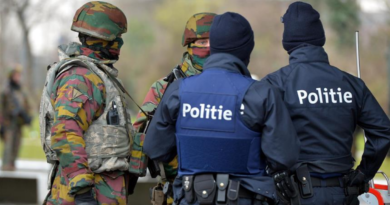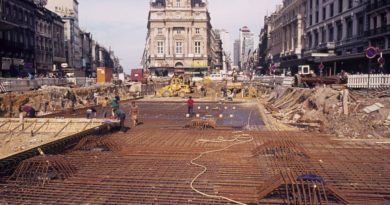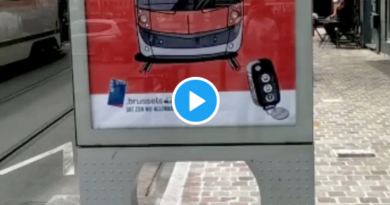2018 Communal Elections: Spotlight on Schaerbeek
Once upon a time in the 12th century, farmers from Schaerbeek would go to the Brussels marketplace to sell their products. They would arrive in the city with a caravan of donkeys loaded with sacks of flour or bundles of sour cherries. When donkey hooves began hitting the pavement of Rue Royale in the wee hours of the morning, the inhabitants of Brussels would exclaim: “Hei! Doe zen die ezels van Schoerebeik!” (Here, here are the donkeys of Schaerbeek!)
Thus did Schaerbeek earn its nickname as la cité des ânes or the city of donkeys. And the commune is certainly living up to its alias. Until now, donkeys are still kept in Schaerbeek’s historic Josaphat Park while a plant sculpture of a donkey can be found in front of the communal hall in Place Colignon.
Schaerbeek extends from Gare du Nord or the Brussels-North railway station to the entrance of the Liège highway. It encompasses 8.14 square kilometers of inclined terrain lying north-east of the Brussels-Capital Region. As you move up or down the terrain, the face of Schaerbeek drastically changes, revealing a commune full of contrasts.
The bottom of Schaerbeek is characterized by poor and densely populated neighborhoods such as Brabant, Haecht, and the Brussels-North railway station vicinity which is regarded as the red light district of Brussels. Less populated middle to upper class neighborhoods such as Revers, Diamant, and Josaphat are located in the top sections of the commune.
With 133,042 inhabitants making up 11 percent of the regional population, Schaerbeek is the second most populous commune in Brussels and seventh most populous among all communes in Belgium. Non-Belgians represent 35 percent of the population. The largest immigrant communities come from Morocco, followed by Bulgaria, France, Romania, Poland, and Turkey. Most of these communities are settled at the bottom of the commune.
The proportion of young people is particularly high in Schaerbeek where one in four inhabitants is under 18 years old, and the average age among residents is 34.7. With a considerable record of childbirths, Schaerbeek is one of the Brussels communes that contribute significantly to regional population growth.
A large section of Schaerbeek’s population is in a precarious situation, particularly toward the lower section of the commune which falls within the so-called croissant pauvre or poor crescent of the Brussels region. This population is frequently affected by unemployment and low salary jobs. Since return on tax is quite low in Schaerbeek, regional allocations are the most important source of revenue for the commune.

Social liberals belonging to regionalistic party Democratic, Federalist, Independent (DéFI) have been the top decision makers in Schaerbeek since 1970. In recent years, their leadership has battled more issues related to poverty, population growth, and the high incidence of crime in the commune’s most critical quarters.
Since the 2012 communal elections, DéFI leaders working with members of Ecolo and the Humanist Democratic Center (cdH) have initiated projects aimed at improving the image of Schaerbeek, reducing crime, and raising the quality of life in the neighborhoods. More than 130 new daycare centers were created in response to the population boom, community police efforts were intensified to prevent crime, and several public places were renovated including parts of the Reyers, Josaphat, Terdelt, and Helmet districts.
But for the commune’s opposition leaders who belong to the Socialist Party (PS) and the Reformist Movement (MR), Schaerbeek still has a long way to go in addressing problems related to pollution, parking, and the needs of people living in the commune’s most vulnerable neighborhoods.
How will Schaerbeek’s situation change over the next six years? It all depends on who the Schaerbeekois will vote for in the communal elections this year. So far, there are six political formations to choose from. The mayor’s list or Liste du Bourgmestre (LB) will consist of representatives from DéFI and several independent candidates. Ecolo and Groen are joining forces while cdH is campaigning with its Flemish counterpart, the Christian Democratic and Flemish party (CD&V). Candidates from PS, MR, and the Workers’ Party of Belgium (PTB) will run under their respective political banners.
Meet the head candidates of the political parties running in the communal elections in Schaerbeek on October 14, 2018:
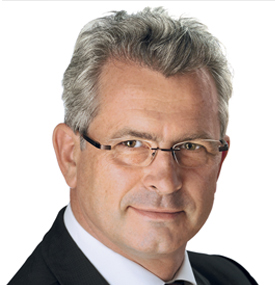
Mayor of Schaerbeek since 2001, Vice President of DéFI, member of the Brussels Regional Parliament and the French Community Commission (COCOF)

Schaerbeek Alderman for Sustainable Development, Public Works, Social Cohesion, and Energy
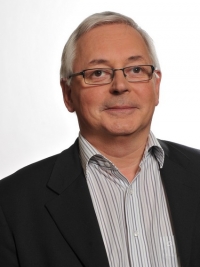
Schaerbeek Alderman for Finance and Mobility, former member of the Brussels Regional Parliament
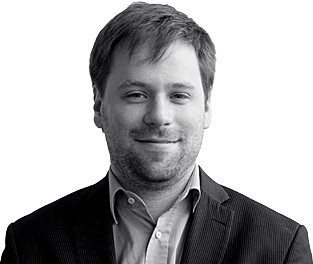
Lawyer and former president of the Fédération bruxelloise des jeunes socialistes (FBJS)
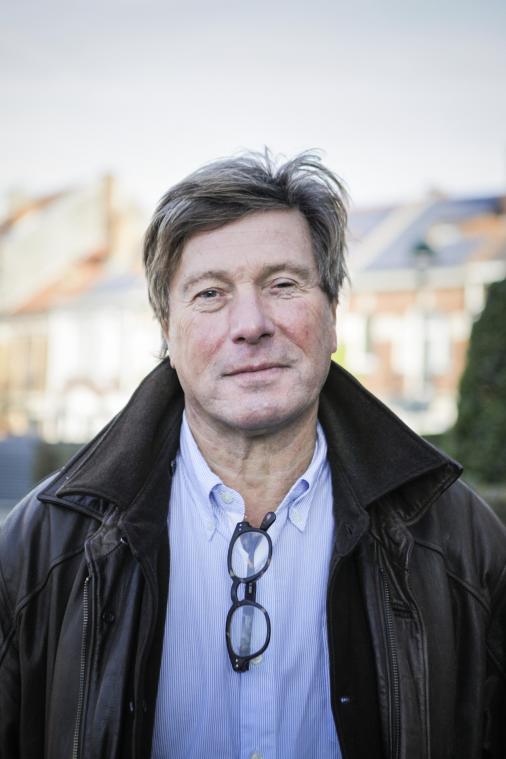
Councillor and Head of MR in Schaerbeek; former Alderman in charge of Public Education, Culture, and Francophone Libraries
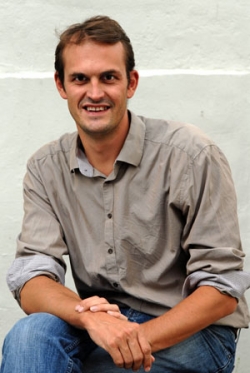
Schaerbeek Councillor, contributor to Solidaire

